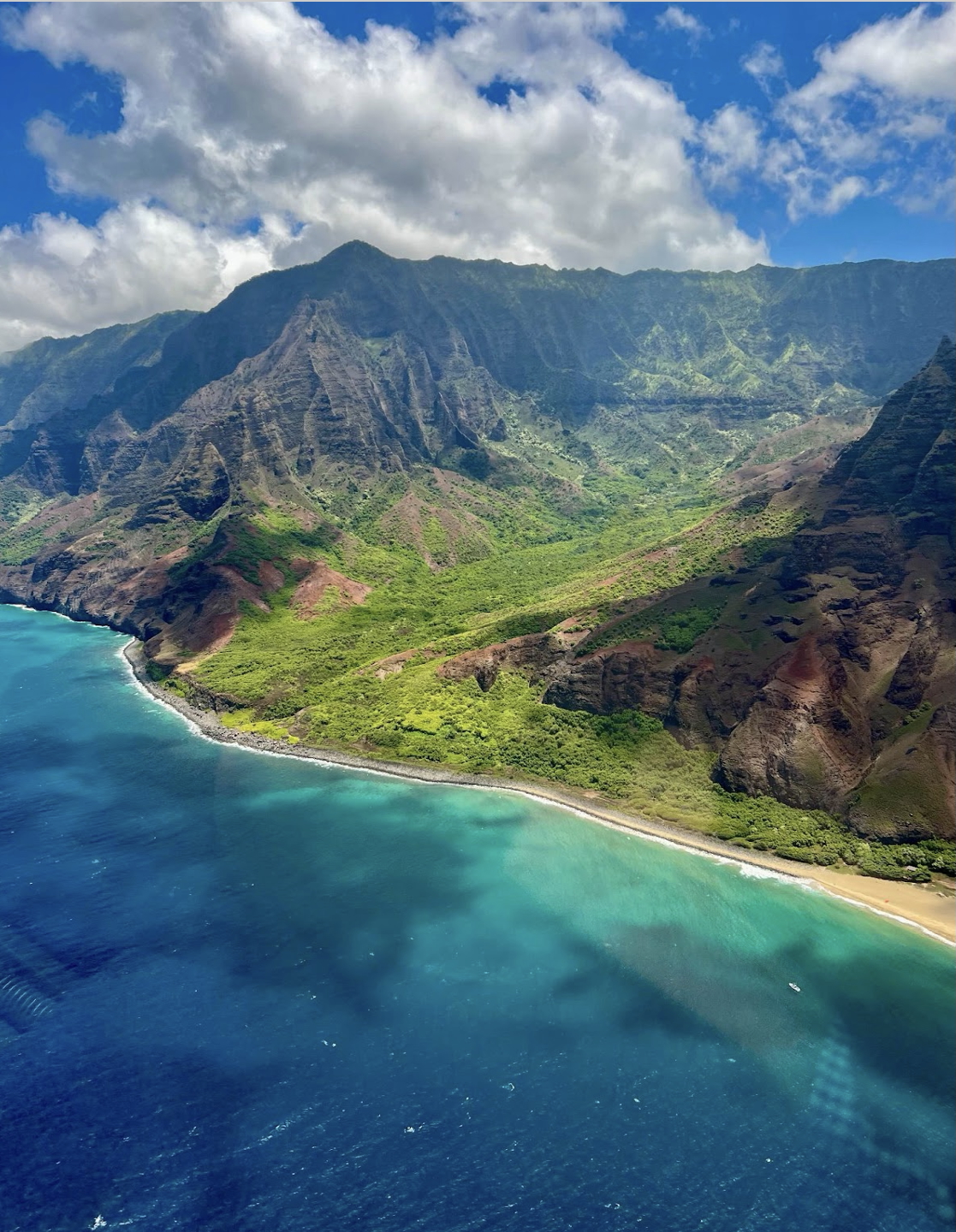
Travel writer, Hanna Rumowska, details her vacation of a lifetime to Hawaii, critically reflecting on the islands’ tourist industry
Hawaii has a mythology around it, painting it as a place like no other in the world. Sure enough, 7137 miles to the west, with an eleven hour time difference, Hawaii is about as ‘the other side of the world’ as it gets. The closest landmass (mainland U.S.) is approximately 2400 miles away, making Hawaii the most isolated population centre in the world. This creates a mystique around the state, especially for people in Europe. But what is it like, really? This summer I visited, and have compiled my impressions and thoughts into this article.
Getting to Hawaii
Travelling to the other side of the world is not an easy task and does not come cheap. I had to take three flights in one direction to get to Honolulu, which added up to 25 hours of travel. On my return, I had a longer layover in Helsinki and that return trip was 30 hours! The flights themselves serve as an extensive buildup for the trip, adding to the aforementioned mythology. By the time we got off the last plane, we certainly felt like different people.
O’ahu
O’ahu, though not the largest of the islands, is probably the most well-known as it contains the majority of Hawaii’s population and its state capital – Honolulu. The first leg of my trip began here, specifically at Waikiki Beach. This is where many people’s Hawaii trips begin and end – and when they do, I imagine it to be a disappointment. Honolulu is the most urban section of the island, but it is also the least unique. It felt like being in California – a location exotic from the European perspective but certainly not ‘the other side of the world.’
The five days we spent on O’ahu were filled with an extensive visit to Ala Moana, the world’s largest open-air shopping centre, a sunset cruise (which ended 10 minutes before the sunset, absurd as that may sound), island tours (the most notable being the ‘All Inclusive Ultimate Circle Island Tour, Waimea Falls & Lunch’, by Oahu Nature Tours), and a visit to the Dole plantation as part of the aforementioned tour. Once we got farther from Honolulu, O’ahu came into its own with a wide range of natural wonder sites to visit. We also found out that the vast majority of species endemic to Hawaii have gone extinct or are on the verge of doing so, and those you see instead are often imported from elsewhere, especially the birds. So much for travelling so far to see exotic Hawaiian nature.
Once we got farther from Honolulu, O’ahu came into its own with a wide range of natural wonder sites to visit.
Maui
The second island we visited was Maui, where we primarily relaxed at our hotel – although we went snorkelling around the coral reef for half a day. Maui’s natural landscape has suffered intense wildfires.
We stayed at the Montage Kapalua Bay hotel, a beautiful resort with a tiered pool and a restaurant so responsive to dietary concerns that I felt safe ordering there despite my deathly allergies. However, I would like to note that this hotel was not all-inclusive. In fact, none of the four hotels I stayed at during this trip, all billing themselves as luxury, were. This would be fine if not for the fact that we paid the same, if not more, as we would for all-inclusive luxury hotels in Europe. Montage Kapalua Bay was wonderful, but not wonderful enough to visit again given you pay for all-inclusive service, but are also struck with a $100-$200 bill for each meal. On top of that, if you include the taxes required for anything short of breathing, the price adds up to absurd numbers.
Kauai
We stayed in Kauai for only two nights, primarily dedicating this time to a helicopter trip around the island by Blue Hawaiian Helicopters. This, although the most expensive of our activities throughout the vacation, was the one I would recommend the most. Kauai is the rainiest of the islands we visited, preserving its natural flora from drying out.
Kauai is the rainiest of the islands we visited, preserving its natural flora from drying out.
The guide/pilot pointed out the locations of filming for various movies, including Pirates of the Caribbean and Jurassic Park. Kauai was beautiful, and there is no better view of it than from a helicopter. If lush nature is what you are looking for, it is the perfect place.
Concluding thoughts
My parents spared little expense on this trip, calling it ‘the vacation of their lifetimes.’ And sure, a thing like that is not cheap. But I was shocked to find out just how ‘not cheap’ it was (nearly a year’s worth of my international student tuition), especially considering that the standards of luxury service were comparatively lower to what I am used to in Europe. This is in part because the majority of tourists Hawaii gets are from the USA, where the high cost of living translates to higher salaries. However, I have my suspicions as to other reasons.
For travellers from afar like myself, we are likely never going to return. Is the tourism market in Hawaii languishing in mediocrity, comfortable in the fact that the mythology of their location is enough to command a higher price? The only way to find out is to spend that absurd amount of money and go, at which point the damage is done. And perhaps, that is what Hawaii’s tourism is counting on: the paradise mythos is enough to carry you to a pretty place, overpriced beyond comprehension, with a sunset cruise that does not bother to show you the frankly disappointing sunset.
Read more from Travel here:
Comments